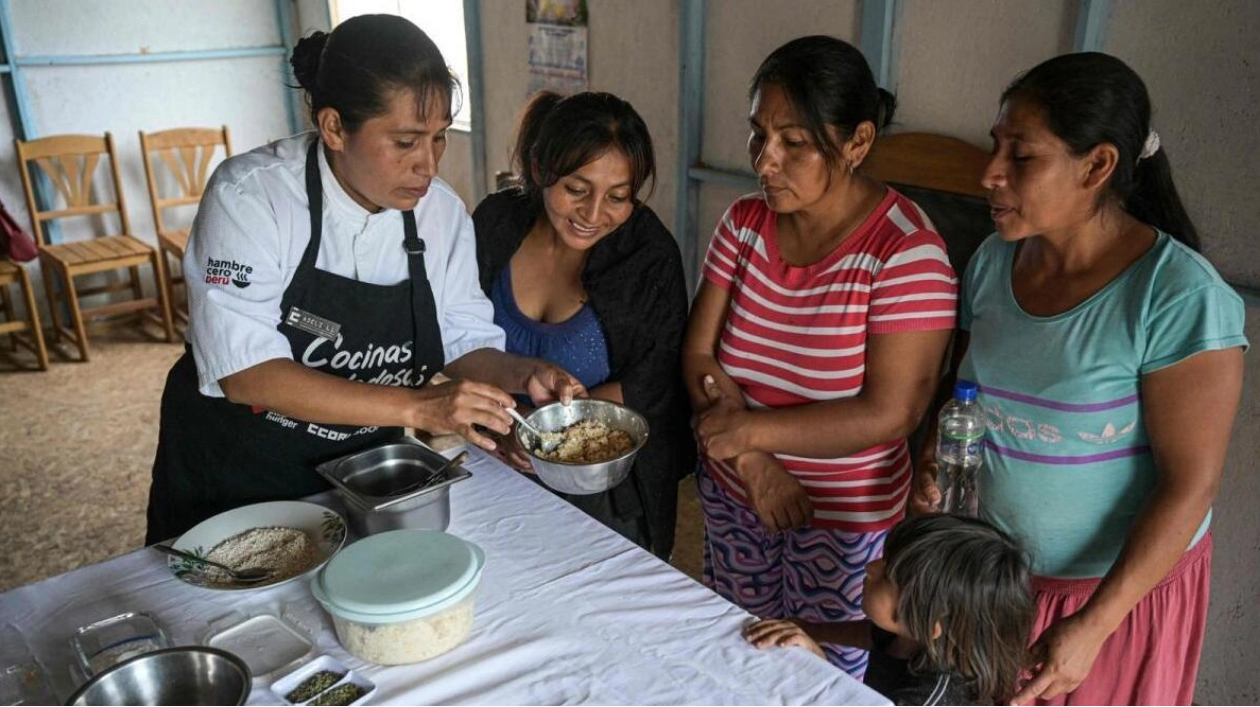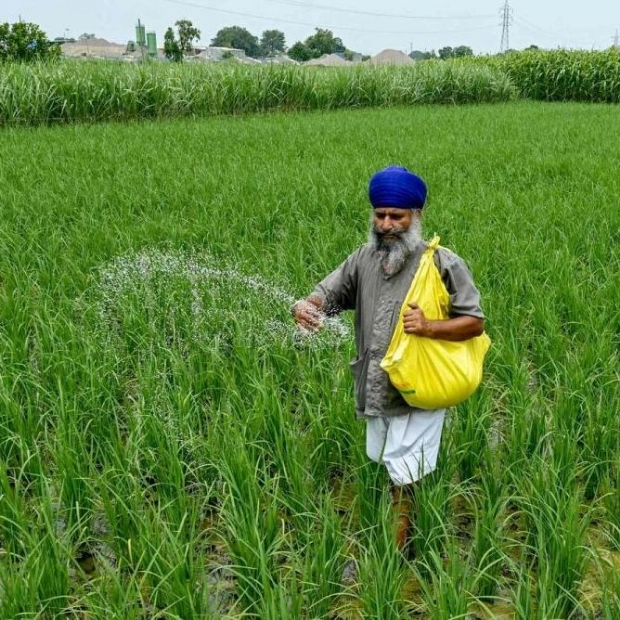Halving food waste could significantly reduce climate-warming emissions and eliminate undernourishment for 153 million people worldwide, according to a joint report released by the OECD and the UN's food agency on Tuesday.
Globally, approximately one-third of food produced for human consumption is lost or wasted, as stated by the Food and Agriculture Organisation. This leads to unnecessary emissions and less food availability for those in need. By 2033, the report warns that the calories lost and wasted from farm to retail could exceed twice the annual calorie intake of low-income countries.
Reducing food waste by half from farm to table could decrease global agricultural greenhouse gas emissions by 4% and reduce the number of undernourished people by 153 million by 2030, the report highlights. Achieving this goal would necessitate significant changes from both consumers and producers.
Agriculture, forestry, and land use contribute to about one-fifth of global human-induced greenhouse gas emissions. While UN nations have pledged to halve per capita food waste by 2030 under sustainable development goals, there is no global target for reducing food loss in the production supply chain. From 2021 to 2023, over half of the lost and wasted food was fruits and vegetables due to their perishability and short shelf life, followed by cereals which accounted for over a quarter.
The FAO projects that around 600 million people could face hunger by 2030. Efforts to decrease food loss and waste could notably enhance global food intake, making more food available and potentially lowering prices, thereby improving access for low-income populations. Halving food loss and waste by 2030 could boost food intake by 10% in low-income countries, 6% in lower middle-income nations, and 4% in upper middle-income countries, the report concludes.






